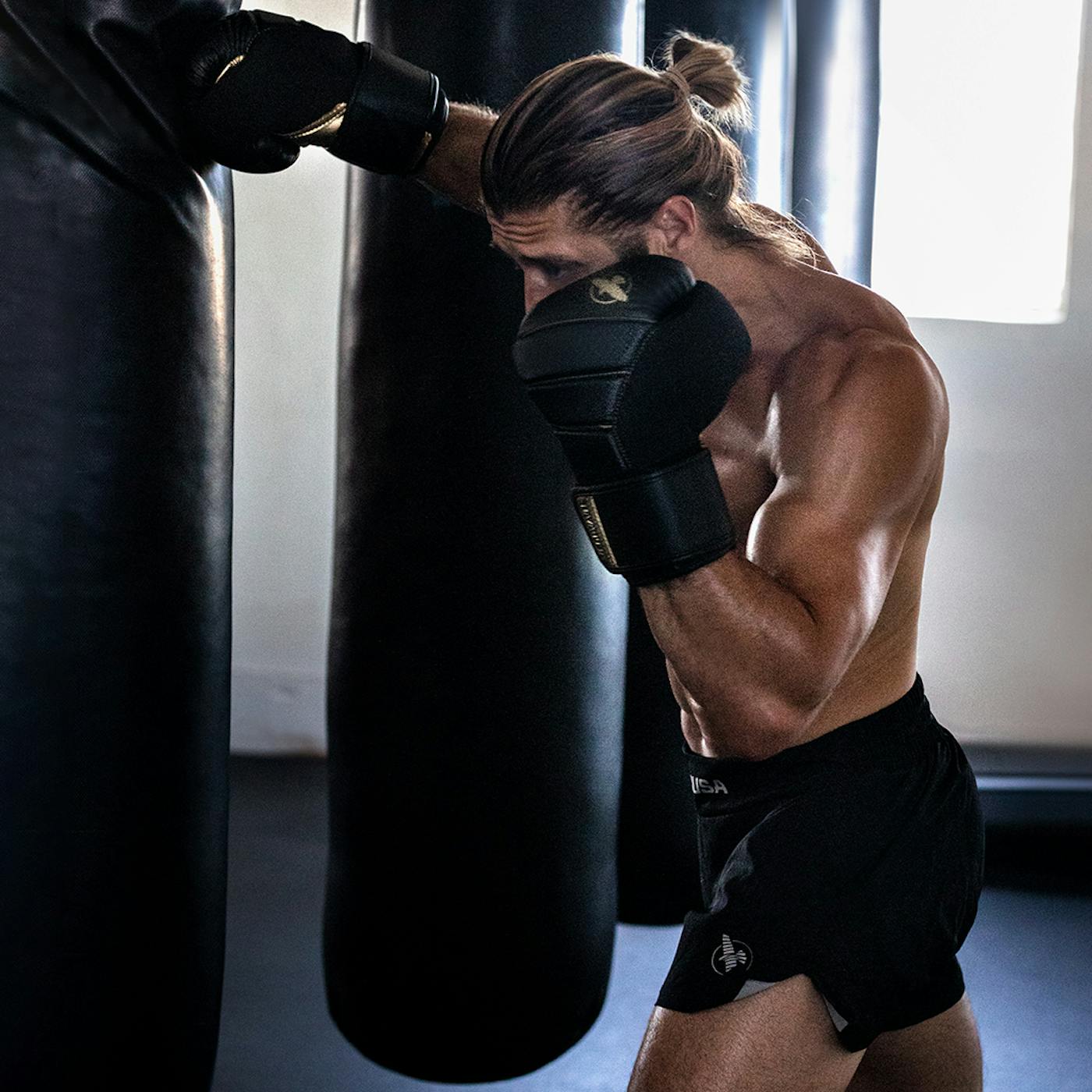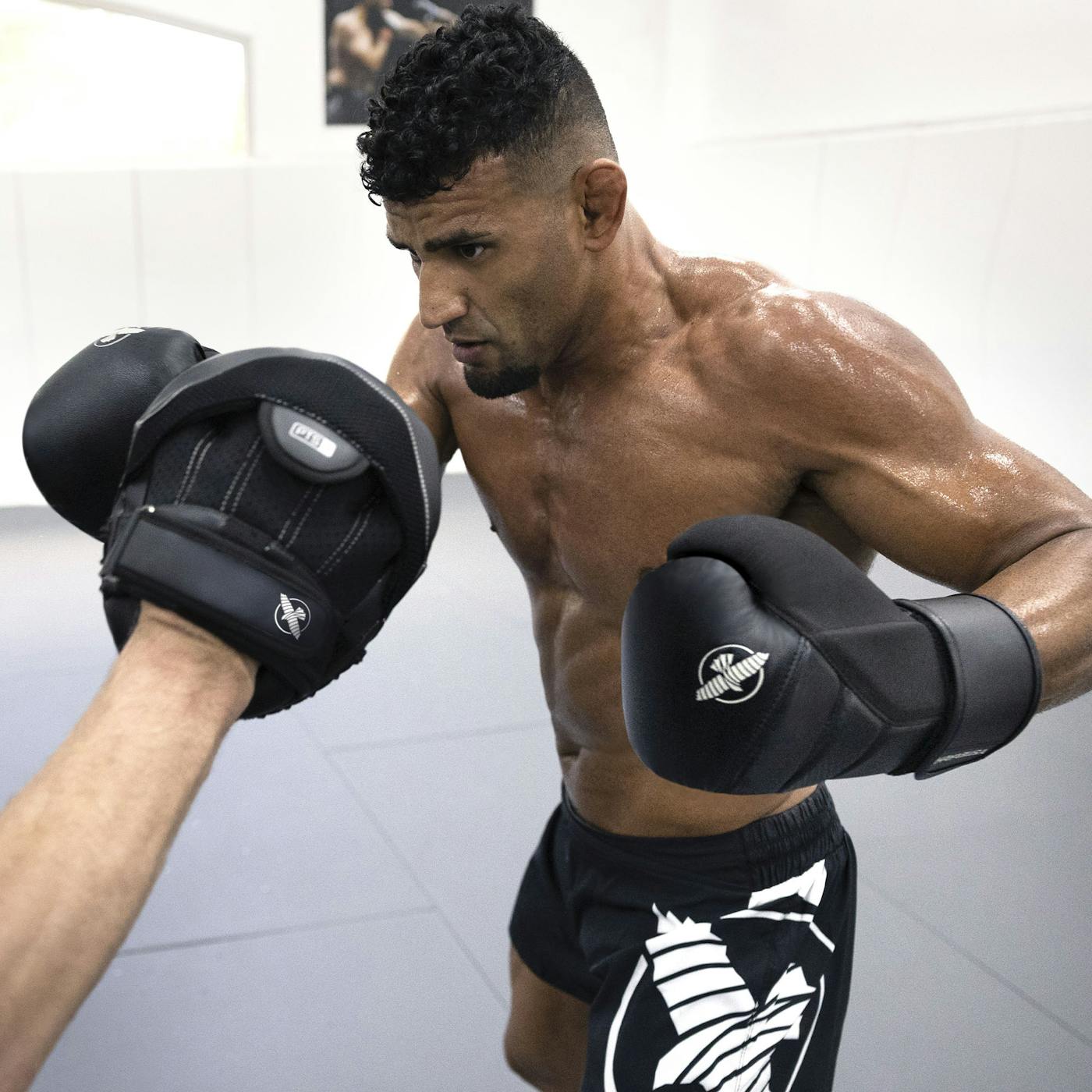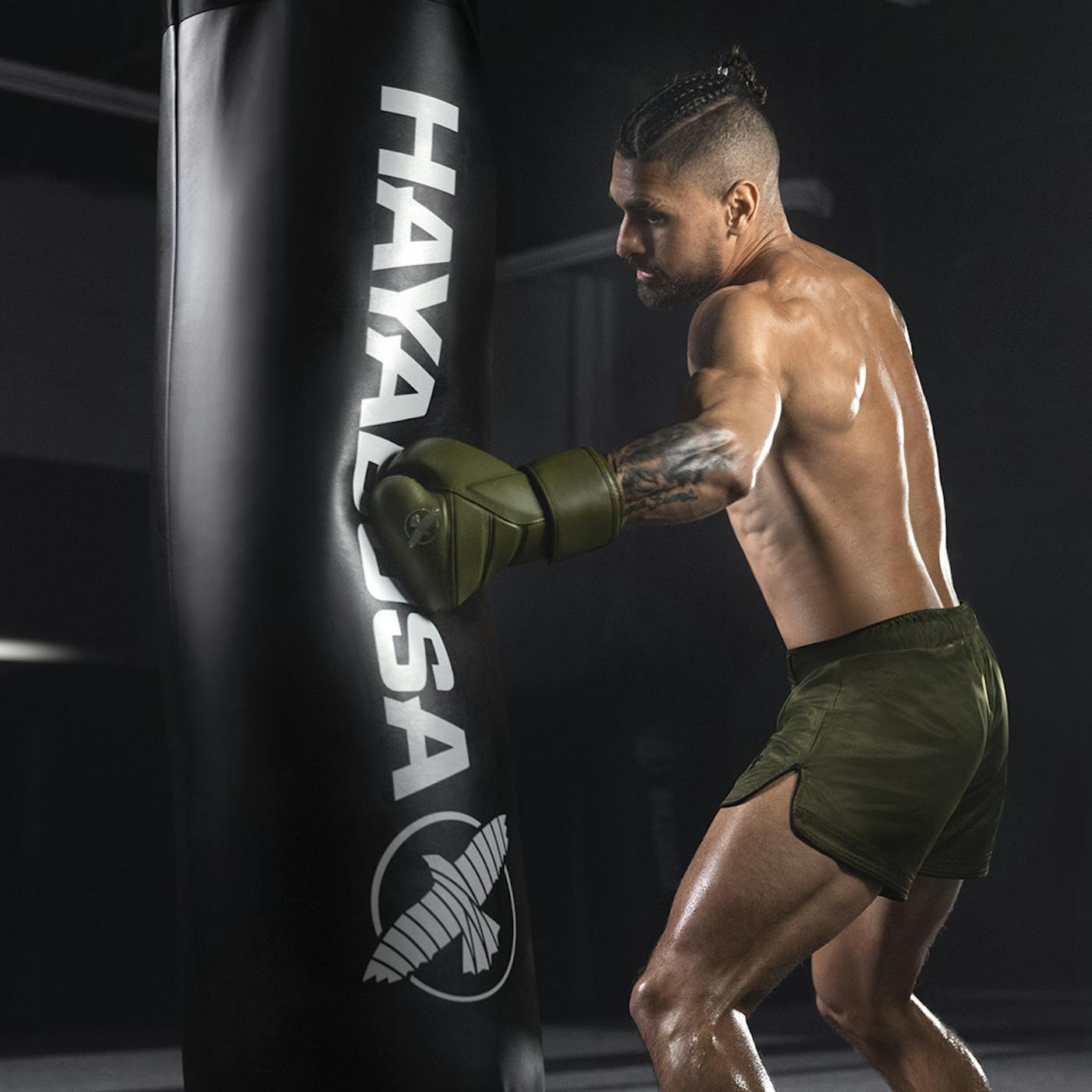Often, the highest performing boxers aren’t the strongest, but those who are dedicated to building impeccable form, increased endurance, and optimal agility. Whether you’re looking to hone your skills before facing off with a competitor or are simply committed to pushing your boxing potential, in this blog, we’re sharing a few tips and tricks for how to get faster, stronger punches.
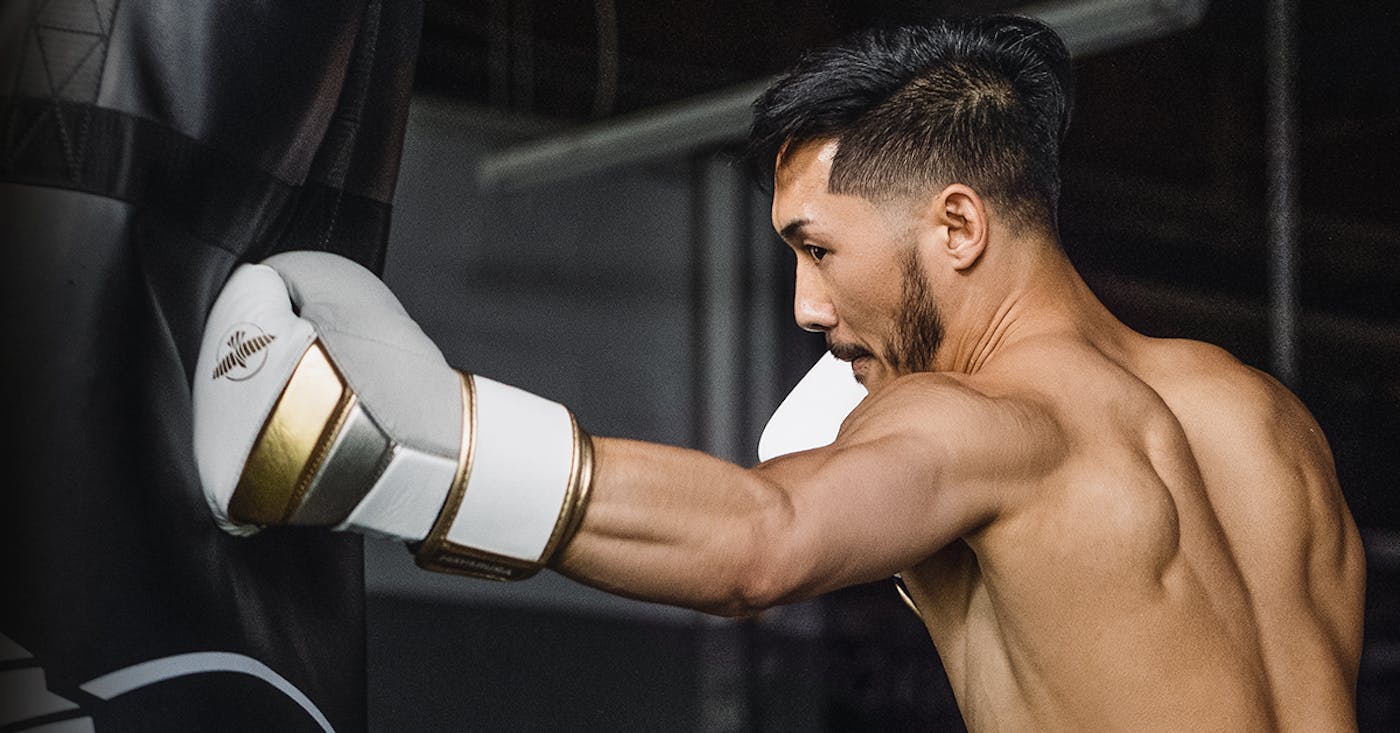
What’s the Secret to a Faster Punch?
Have you been wondering “how can I improve my boxing speed?” Accelerating your punches isn’t solely about building strength or how quick your hands are. To learn how to increase punch speed, you need to focus on two key factors that facilitate more rapid muscle responses: foundation and technique.
Foundation – Fortifying your lower body is essential for landing a chain of punches in short order. Your boxing training sessions should include exercises for your trunk and core to build stability and balance. Additionally, using specialized footwear like boxing shoes can provide extra traction, ensuring your feet and legs don’t budge.
Technique – Once you’ve established a strong foundation, you can begin to build on your technique. Developing a repertoire of punches can help you conserve and calculate your output of energy instinctively. This ensures your punches not only land faster, but can help you sustain a strong, steady tempo for longer durations.
But once you have your foundation and technique mastered, is there something that could give you an extra edge? Perhaps the “secret” to faster, stronger, more impactful punches lies in the pro boxing equipment you use.
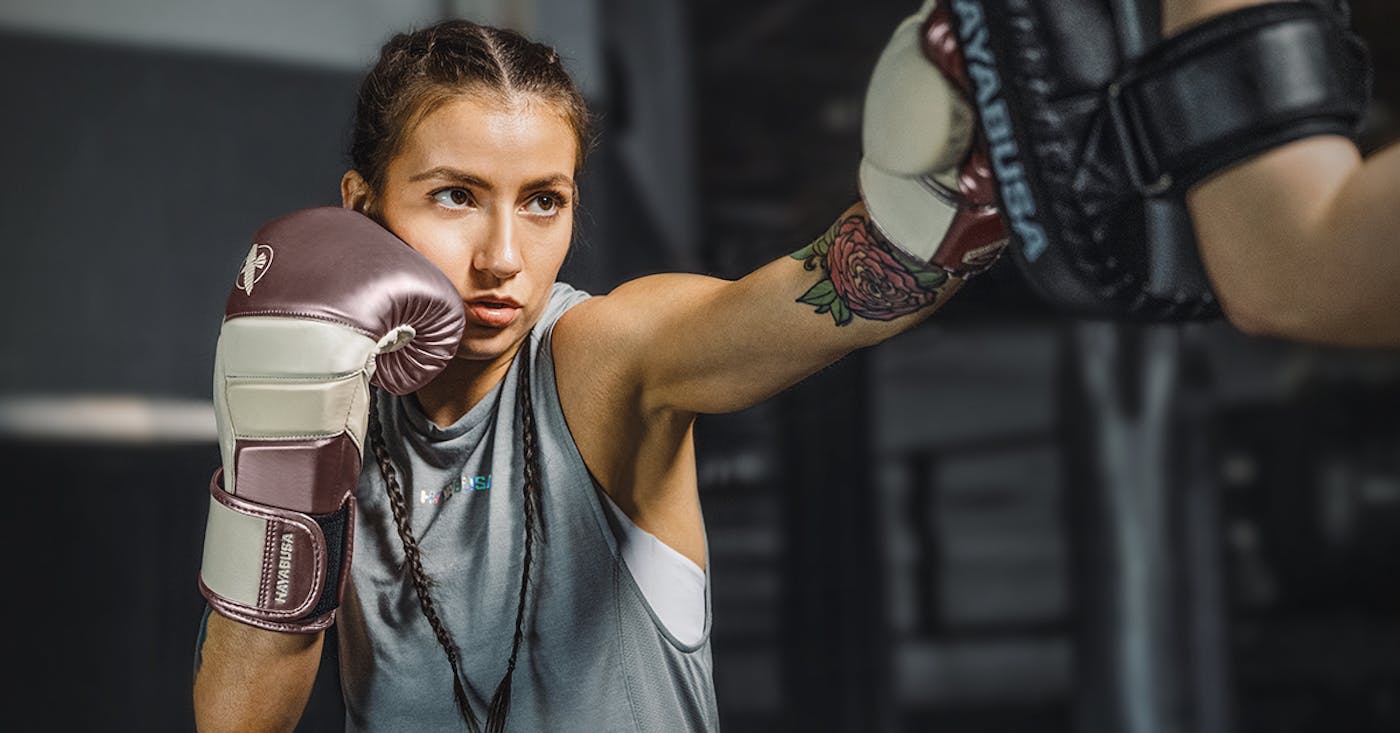
How to Increase Punching Power?
When we talk about power, we’re talking about the physics of force. Punching force is effectively the transfer of kinetic energy—the energy an object possesses due to its motion. Think about the wind-up before you hit a punching bag: the power of your punch hinges on the speed of weight transfer from your stance and into your fist.
To optimize this impact, it’s smart to invest in a pair of the best boxing gloves available. Hayabusa boxing gloves are world-renowned due to their quality construction and unparalleled comfort and protection. We’re also focused on helping you find your ideal fit, so they aren’t too loose or too tight, too heavy or too light.
Review our boxing glove size chart, which will show you how to measure your hand circumference for the recommended size. Then, for extra hand protection and extended comfort, add boxing hand wraps to your arsenal of boxing accessories.
Of course, the choice to wrap or not wrap your hands is up to you. However, having maximum hand protection allows you to focus solely on the speed and power of your punches without distraction. When it comes to your training, settle for nothing less than the best.
Hayabusa T3 Neon Boxing Gloves

Hayabusa Deluxe Hand Wraps
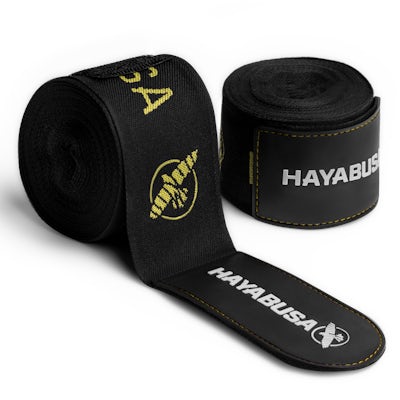
Hayabusa T3 Neon Boxing Gloves

Hayabusa Elite Quick Wraps

Supercharge Your Punches with Hayabusa T3 Neon Boxing Gloves
As you strengthen your foundation and solidify your technique, amp up your training and take your punches to another level with a pair of Hayabusa Neon Boxing Gloves. They light up the gym with the same multi-layered technology foam, fusion splinting, and Dual-X interlocking wrist straps our champion boxing gloves are known for. You’ll be set in terms of comfort, protection, confidence, and color.
Although boxing focuses on discipline and consistency, what better way to incorporate a little fun than with colorful boxing gear. These neon training gloves are available in a range of vibrant colors including:
- Neon Blue
- Neon Purple
- Neon Pink
- Neon Green
- Neon Orange
- Neon Yellow
The eye-catching colors are also available in smaller sizes, making these the best boxing gloves for kids, too, adding extra motivation as they continue training the fighter within.
Building punching speed and power doesn’t happen overnight. We’re here to help you on the journey so you can experience all the benefits of boxing along the way. Once you have a good foundation and technique in place and the right boxing training equipment at your disposal, you’ll be on your way to faster, more powerful punches in no time.
Sources:
Livestrong. Does punching with weights make you punch faster?
Britannica. Kinetic energy.
National Institute of Health. Rate of force development: physiological and methodological considerations.
Expertboxing. How to Punch Faster.
Science for Sport. Rate of Force Development.
Healthline. Plyo Pushups: What Are the Benefits and How to Master This Move.
